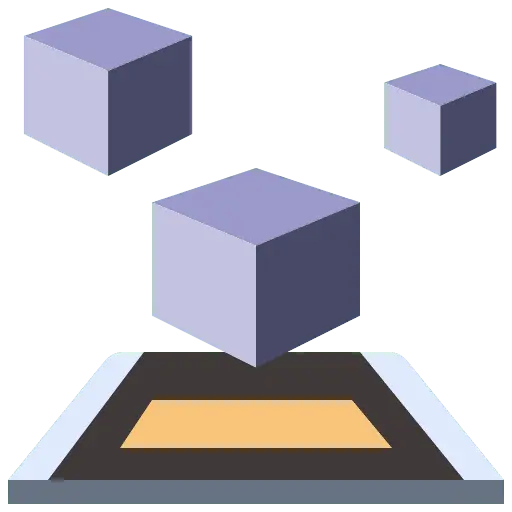Embedded software applications are dedicated programming within non-PC devices – either as part of a microchip or as part of another application that sits on top of the chip – to control specific functions of the device. Unlike PC applications, which can be installed on a variety of computer systems and modified to provide different levels of functionality, embedded software has fixed hardware supplies and abilities. It is created completely for the particular device that it runs on, with processing and memory limitations tied directly to that device’s specifications. In the context of this discussion, embedded software with applications, firmware, middleware, and operating systems that execute on a single microprocessor or cluster of microprocessors “embedded” within additional logic.
Embedded software is used for a specific functionality that contributes to the overall operation of the device
What are the different types of embedded software and their purposes?
-
Firmware – Firmware is a type of software that is written directly for a piece of hardware. It operates without going through APIs, the operating system, or device drivers—providing the needed instructions and guidance for the device to communicate with other devices or perform a set of basic tasks and functions as intended.
-
Middleware – Middleware is a software layer situated between applications and operating systems. Middleware is often used in distributed systems where it simplifies software development by providing the following:
-
Hiding the intricacies of distributed applications
-
Masking the heterogeneity of hardware, operating systems and protocols
-
Providing uniform and high-level interfaces used to make interoperable, reusable and portable applications.
-
Delivering a set of common services that minimizes duplication of efforts and enhances collaboration between applications
-
Application – The end-user develops the final software application that runs on the operating system, uses or interacts with the middleware and firmware, and is the primary focus of the embedded systems’ target function. Each end application is unique while operating systems and firmware can be identical from device to device.
Examples of embedded software-based functions
Almost every device made with circuit boards and computer chips has these components arranged into a system that runs embedded software. As a result, embedded software systems are ubiquitous in everyday life and are found throughout consumer, industrial, automotive, aerospace, medical, commercial, telecom, and military technology.
Common examples of embedded software-based features include:
-
Image processing systems found in medical imaging equipment
-
Fly-by-wire control systems found in aircraft
-
Motion detection systems in security cameras
-
Traffic control systems found in traffic lights
-
Timing and automation systems found in smart home devices
Process that QueryFinders Follows:
1. Requirement Gathering
Requirement Gathering is the first and very important part of our mobile app development process.
2. Planning & Design
After designing, the prototype of your app gets ready which is sent for development then.
3. Prototype
After designing, the prototype of your app gets ready which is sent for development then.
4. Development
The Development gets started on the preferable platforms with complete transparency.
5. Testing
After designing, the prototype of your app gets ready which is sent for development then.
6. Deployment
Your app is ready to appear on the App store or Play store on this stage of Development.
7. Support & Maintanance
After designing, the prototype of your app gets ready which is sent for development then.
Our IoT developers offer the best IoT solution and services that makes us the top IoT development company. With the powerful insight, we help to enhance technology and offer technology implementation at this appropriate place. QueryFinders Solutions is well known for providing quality in the IoT applications. We intend to be known for making work easy and efficient for corporate solutions. Our IoT research remains updated with the latest technology and tools, and interest in learning new updates. The keen interest and brilliant performance stand them apart from others.
 info@queryfinder.com
info@queryfinder.com
 +91
8000841620
+91
8000841620
 +1 (778)
882-3143
+1 (778)
882-3143










